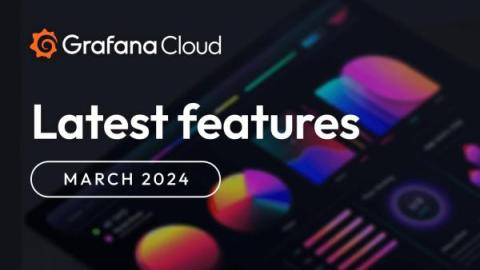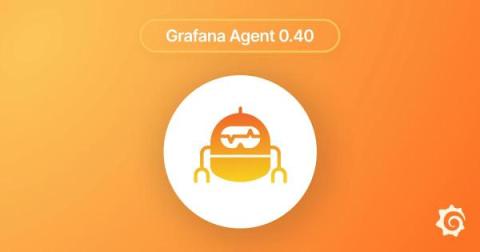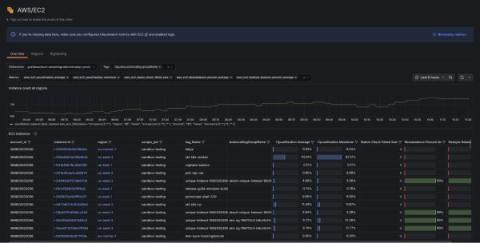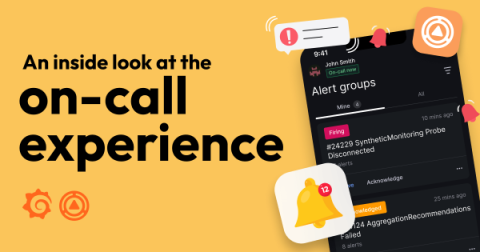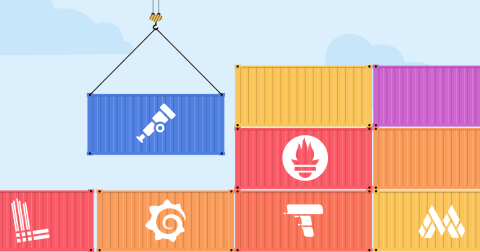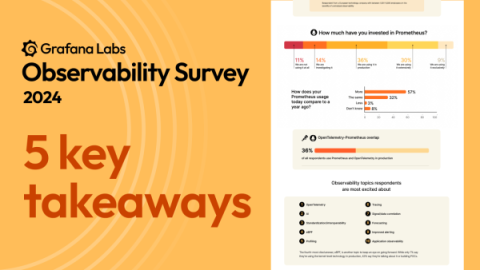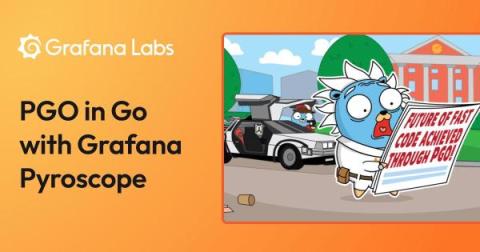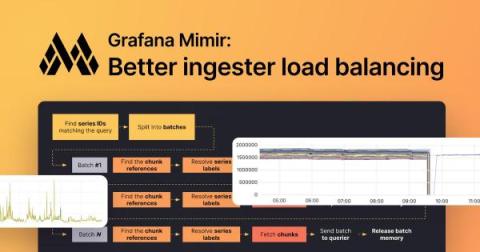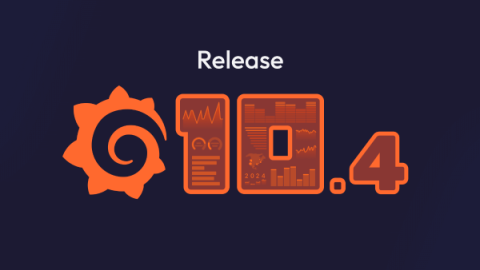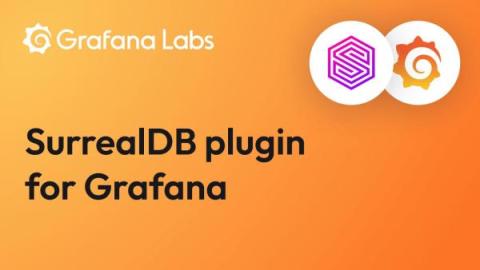Grafana Cloud updates: cool visualizations, log monitoring made easier, simplified alert routing
We are consistently releasing helpful updates and fun features in Grafana Cloud, our fully managed observability platform powered by the open source Grafana LGTM Stack (Loki for logs, Grafana for visualization, Tempo for traces, and Mimir for metrics). In case you missed it, here’s a roundup of the latest and greatest upgrades for Grafana Cloud this month. If you’re not a Grafana Cloud user, what are we waiting for?


